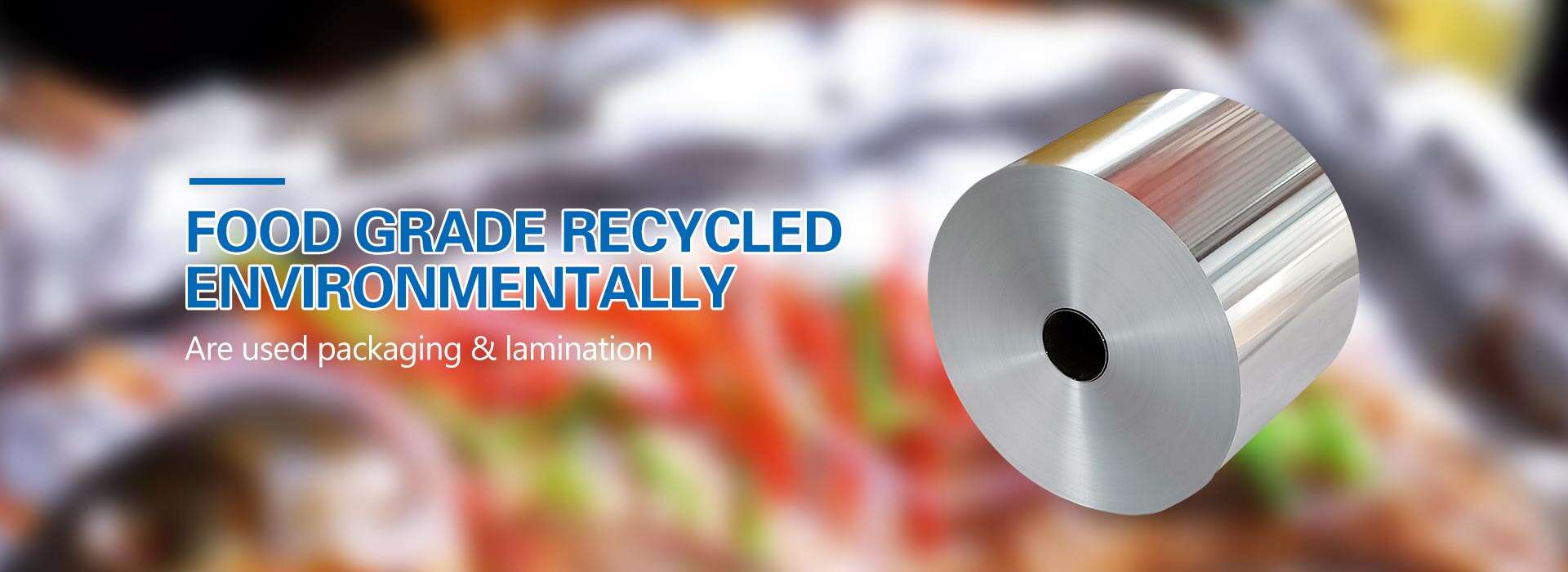Aluminum foil can be divided into thick foil, single zero foil and double zero foil according to the thickness difference. Thick foil: foil with a thickness of 0.1 to 0.2 mm. Single zero foil: a foil having a thickness of 0.01 mm and less than 0.1 mm. Double zero foil: The so-called double zero foil is a foil with two zeros after the decimal point in its thickness in mm, usually aluminum foil with a thickness of less than 0.0075 mm. When expressed in English, the thick foil is called "heavy gauge foil", the single zero foil is called "medium gauge foil", and the double zero foil is called "light gauge foil". In foreign countries, an aluminum foil having a thickness of 40 ltm is sometimes referred to as a light gauge foil, and an aluminum foil having a thickness of > 40 btm is collectively referred to as a heavy gauge foil.
The aluminum foil can be divided into a rolled aluminum foil and a sheet aluminum foil according to the shape. Most of the aluminum foil deep-processing wool is supplied in rolls, and only a few hand-made industrial packaging uses sheet-like aluminum foil.

The aluminum foil can be divided into one light (single-sided light) aluminum foil and two-sided light (double-sided light) aluminum foil according to the surface state. One-sided aluminum foil: Double-rolled aluminum foil, which is bright after one roll and black on one side. Such aluminum foil is called a light aluminum foil. The thickness of a piece of light aluminum foil usually does not exceed o. 025mm. Two-sided aluminum foil: single-rolled aluminum foil, two paintings and roll contact, the two sides of the aluminum foil are divided into mirror two-sided aluminum foil and ordinary two-sided aluminum foil due to the different surface roughness of the rolls. The thickness of the two-sided aluminum foil is generally not less than 0.01 mm.
Aluminum foil can be divided into plain foil, embossed foil, composite foil, coated foil, colored aluminum foil and printed aluminum foil according to the state of addition. Plain foil: other processed aluminum foil after rolling, also called light foil. Embossed foil: Aluminum foil with various patterns on the surface. Composite foil: A composite aluminum foil formed by laminating aluminum foil and paper, plastic film, and cardboard. Coated foil: Aluminum foil coated with various types of resin or lacquer on the surface. Coloring aluminum foil: The surface is coated with a single color of aluminum foil. Printed aluminum foil: Aluminum foil that is printed on the surface to form various patterns, patterns, characters or pictures, which can be one color, and more than 12 colors.
Aluminum foil has the advantages of light weight, airtightness and good covering property. It has been widely used in many sectors of the national economy and people's daily life, but it is mainly used in packaging, electromechanical and architectural fields.





